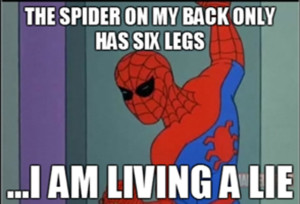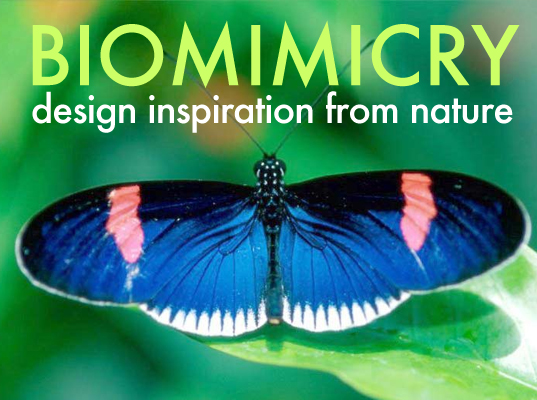I am really inspired by nature, especially biomimicry! Biomimicry is to look at animals and plants for sustainable solutions to human challenges by emulating nature’s time-tested evolution and strategies. Note that most animals and plants can create a lot of energy, chemical changes, and power with very little initial input energy, harmless in most cases, and zero to negative carbon foot prints. So, I want my project to incorporate a function, form, and/or strategy of a particular animal. Since the project has to be dynamic I am avoiding plant emulation, because plants do not move.
I recently began looking at SPIDERS for inspiration! I am intrigued with how spiders move in general, because they use a very simple mechanism of biological hydraulics and muscle contracting tendons. Here is a link to a blog I wrote for another class that highlights this particular function in more detail: (Spiders and Hydraulics – Biomimicry 2016).
Overall, I would like to create a little robotic spider that can walk across a table. But, there are a few creative and aesthetic improvements I want to make, in order to make it “fun, cuddly, and cool”. Maybe add a 3-D printed shell for aesthetic flexibility, making it a bright color (since black may make it creepy looking), or LED lights to have it shine bright. I have not cemented any ideas down completely, but for this part of the brainstorming process is fun and less stressful to keep things open to design changes.
Here is a spider man meme to end this blog, and for your personal enjoyment!



2 Comments. Leave new
This idea is really cool–you get to explore an animal aesthetic while incorporating a mechanical design inspired from nature! I’m wondering in which ways hydraulics can be applied to the project. One idea could be to place the spider on a stetchy web so that a hydraulic system could generate a perpetuating motion. Seems like there’s many directions you could go, though. Looking forward to seeing this progress…
I also really like the concept of Biomimicry and thing it gives great functional ideas. Besides walking and having similar number of legs, how will this incorporate the biomimicry design concept?